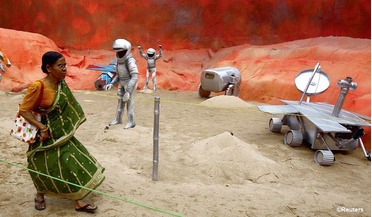 December 2014
Gods and space
December 2014
Gods and space
Martian celebration – An art installation in Kolkata, inspired by India’s successful Mars mission, forms part of the Hindu Durga Puja festival, which celebrates the triumph of good over evil
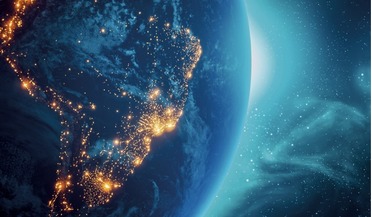 September 2020
High hopes for Brazil’s space ambitions
September 2020
High hopes for Brazil’s space ambitions
... agency has succeeded so far primarily by pursuing a policy of joint technological development with other nations including China, India, Russia and Ukraine. Now, following the ratification of a technology safeguards agreement (TSA) with the USA...
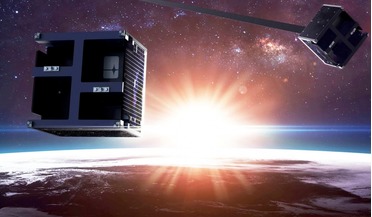 September 2020
Tackling space debris - a global priority
September 2020
Tackling space debris - a global priority
... destroyed and about 2000 additional pieces of trackable debris were added to LEO. Most recently, on 27 March 2019, India conducted an ASAT test (known as Mission Shakti) on a 740 kg Earth observation satellite called Microsat-R, which added at least...
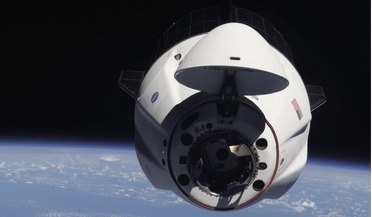 July 2021
Collaboration and competition in lunar exploration
July 2021
Collaboration and competition in lunar exploration
... and Russia; European countries, primarily through the European Space Agency (ESA); China, Japan, Canada and India. Emerging space programmes, such as those developed by the UAE and South Korea, are also engaging in the...
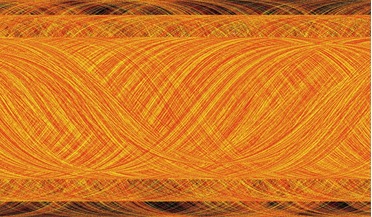 October 2021
Congested, contested... under-regulated and unplanned
October 2021
Congested, contested... under-regulated and unplanned
... other nations could challenge US supremacy in space. It is true that the military threats to space have indeed increased as India, Russia, and China have all tested ASAT systems over this period. However, since 2010 it has...
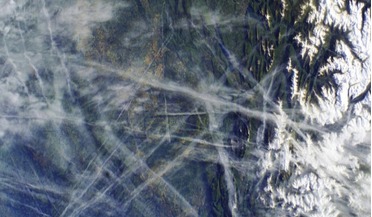 November 2017
Managing air and space traffic from orbit
November 2017
Managing air and space traffic from orbit
...Union (EU) is developing its own GNSS called Galileo. India has also developed a seven-satellite regional satellite navigation system...and the GPS Aided Geo Augmented Navigation (GAGAN) of India which covers Asia. With satellite-based systems in place,...